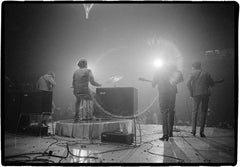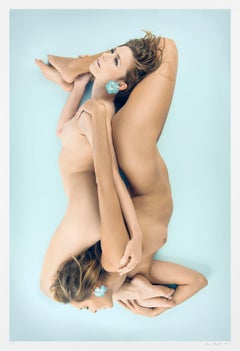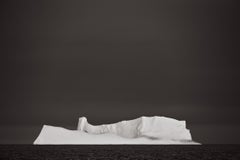South Carolina - Art
20th Century Contemporary South Carolina - Art
Archival Pigment
2010s Other Art Style South Carolina - Art
Archival Ink
2010s Minimalist South Carolina - Art
Archival Pigment
21st Century and Contemporary Contemporary South Carolina - Art
Archival Pigment
2010s Minimalist South Carolina - Art
Archival Pigment
2010s Contemporary South Carolina - Art
Archival Pigment
1940s American Modern South Carolina - Art
Watercolor, India Ink
1930s American Modern South Carolina - Art
Linocut
1920s Expressionist South Carolina - Art
Woodcut
1940s American Modern South Carolina - Art
Mezzotint
21st Century and Contemporary Contemporary South Carolina - Art
Etching, Photogravure
2010s Minimalist South Carolina - Art
Archival Pigment
1930s American Realist South Carolina - Art
Drypoint
21st Century and Contemporary Abstract South Carolina - Art
Acrylic, Gouache
20th Century Contemporary South Carolina - Art
Archival Pigment
1940s Surrealist South Carolina - Art
Screen
2010s Romantic South Carolina - Art
Giclée
1940s American Realist South Carolina - Art
Lithograph
2010s Minimalist South Carolina - Art
Archival Pigment
2010s Minimalist South Carolina - Art
Archival Pigment
2010s Contemporary South Carolina - Art
Archival Pigment
2010s Minimalist South Carolina - Art
Archival Pigment
1960s Abstract Geometric South Carolina - Art
Lithograph
1920s Realist South Carolina - Art
Etching
2010s Minimalist South Carolina - Art
Archival Pigment
1970s Modern South Carolina - Art
Lithograph
1910s Post-Impressionist South Carolina - Art
Monotype
2010s Minimalist South Carolina - Art
Archival Pigment
1950s American Modern South Carolina - Art
Lithograph
1930s Post-Impressionist South Carolina - Art
Watercolor
1930s American Modern South Carolina - Art
Drypoint
1930s Impressionist South Carolina - Art
Watercolor
2010s Minimalist South Carolina - Art
Archival Pigment
1920s American Realist South Carolina - Art
Etching
2010s Minimalist South Carolina - Art
Archival Pigment
1930s Showa South Carolina - Art
Woodcut
20th Century Contemporary South Carolina - Art
Platinum
2010s Contemporary South Carolina - Art
Archival Pigment
20th Century Contemporary South Carolina - Art
Photographic Paper
1940s South Carolina - Art
Lithograph
1910s Impressionist South Carolina - Art
Etching
2010s Minimalist South Carolina - Art
Archival Pigment
1970s Contemporary South Carolina - Art
Silver Gelatin
20th Century Contemporary South Carolina - Art
Silver Gelatin
2010s Minimalist South Carolina - Art
Archival Pigment
2010s Minimalist South Carolina - Art
Archival Pigment
2010s South Carolina - Art
Archival Pigment
2010s Minimalist South Carolina - Art
Archival Pigment
2010s Minimalist South Carolina - Art
Archival Pigment
2010s Minimalist South Carolina - Art
Archival Pigment
2010s Minimalist South Carolina - Art
Archival Pigment
1920s Cubist South Carolina - Art
Stencil
2010s Minimalist South Carolina - Art
Archival Pigment
2010s Minimalist South Carolina - Art
Archival Pigment
2010s Contemporary South Carolina - Art
Archival Pigment
20th Century Contemporary South Carolina - Art
Archival Pigment
1920s Expressionist South Carolina - Art
Woodcut
1940s American Modern South Carolina - Art
Lithograph
1920s Expressionist South Carolina - Art
Etching
20th Century Contemporary South Carolina - Art
Silver Gelatin



